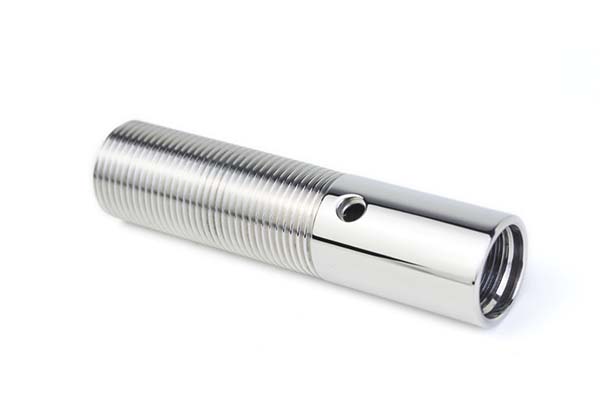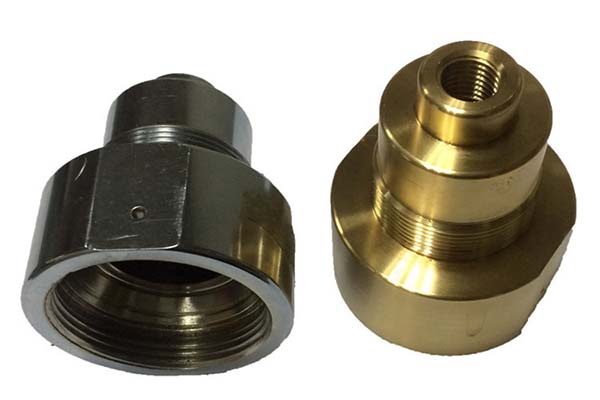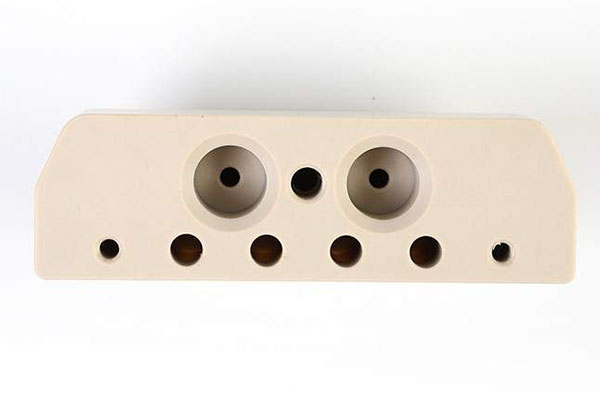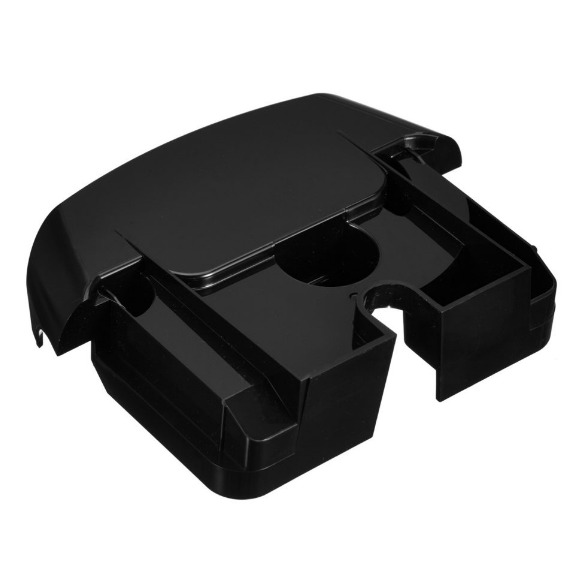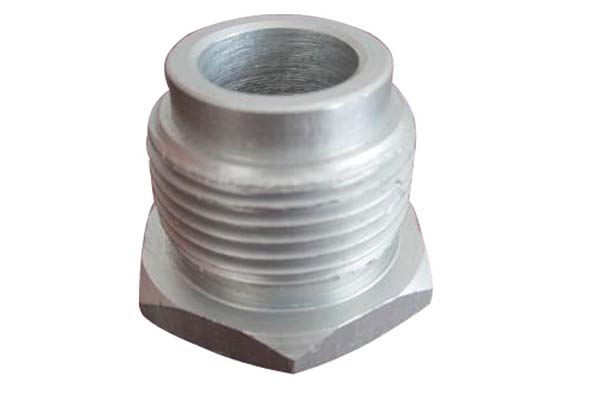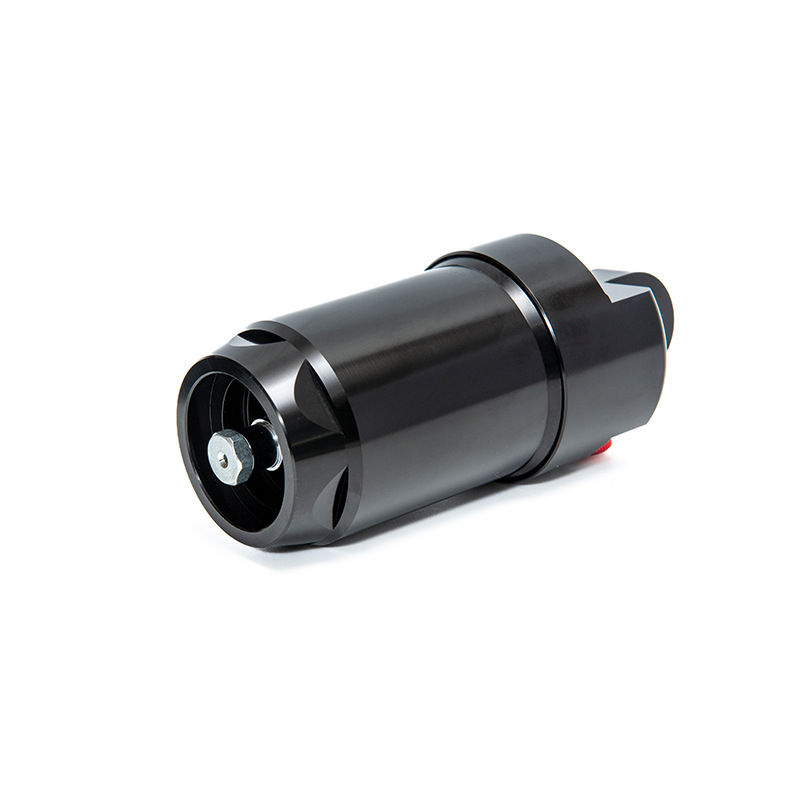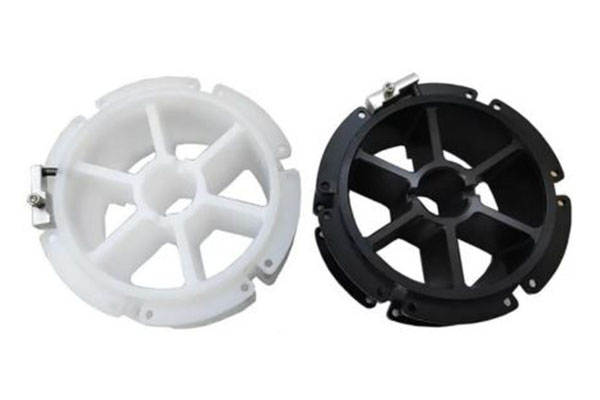Introduction
Epoxy Resin is a versatile thermosetting polymer prized for its strength, chemical resistance, and electrical insulation properties. However, machining it presents unique challenges: its rigid nature leads to edge chipping, heat generation during cutting can soften the material, and achieving tight tolerances is complicated by thermal expansion. This article addresses these pain points by exploring the material characteristics of epoxy resin, breaking down effective CNC machining processes, and highlighting its key applications, equipping you with the knowledge to achieve reliable and precise results.
Material Characteristics of Epoxy Resin
Mechanical Properties
Epoxy resin boasts impressive mechanical properties that make it a staple in engineering applications. Its tensile strength ranges from 50 to 90 MPa, compressive strength from 100 to 200 MPa, and flexural strength from 80 to 150 MPa—values that rival many plastics and even some metals. For example, high-performance epoxy grades used in aerospace components can reach a tensile strength of 90 MPa, ensuring durability under significant stress.
Its hardness is another standout feature, with a Shore D hardness of 80 to 90, providing excellent wear resistance for parts like gears and bearings. While impact resistance varies by formulation (typically 20 to 50 kJ/m²), modified epoxies with rubber additives can enhance toughness, making them suitable for applications where occasional shocks are expected.
Thermal Properties and Glass Transition Temperature
Epoxy resin’s thermal properties are critical for high-temperature applications. Its glass transition temperature (Tg)—the point where it shifts from rigid to rubbery—ranges from 80 to 200°C, depending on the formulation. High-temperature epoxies (Tg > 150°C) are used in underhood automotive components and industrial ovens, where sustained heat resistance is essential.
It has low thermal conductivity (0.15 to 0.3 W/(m·K)), making it an excellent electrical insulator—ideal for electrical components and circuit boards. However, thermal expansion (50 to 80 μm/(m·°C)) must be managed during machining to prevent dimensional shifts, especially in precision parts.
Chemical Resistance and Dimensional Stability
One of epoxy resin’s most valuable traits is its chemical resistance. It withstands oils, solvents, mild acids, and alkalis, outperforming many materials in harsh environments like chemical processing plants. This resistance, combined with low moisture absorption (<1%), ensures long-term dimensional stability—a key advantage for parts like valves and pump components.
The curing process of epoxy resin is vital to its properties. Mixed with a hardener, it undergoes a chemical reaction that cross-links its molecules, resulting in a rigid, infusible material with minimal shrinkage (0.1 to 1%). Proper curing—typically 24 to 72 hours at room temperature or accelerated with heat—minimizes internal stresses, reducing warping during machining. Its viscosity during curing (500 to 1000 cP for low-viscosity grades) allows it to fill intricate molds, making it suitable for detailed parts.
CNC Machining Process for Epoxy Resin
Tool Selection and Machining Parameters
Tool selection is crucial for successful epoxy resin machining. Carbide tools are preferred over high-speed steel due to their superior hardness and wear resistance, reducing tool wear caused by epoxy’s abrasiveness. Diamond-coated carbide tools further enhance performance, providing a smoother surface finish and extending tool life by 30 to 50% compared to uncoated carbide.
Spindle speeds for epoxy resin range from 8000 to 15000 rpm—higher speeds minimize cutting forces, reducing edge chipping. Feed rates of 0.1 to 0.25 mm/rev balance efficiency and precision, while depth of cut should be kept shallow (0.5 to 2 mm) to avoid excessive heat generation. These parameters ensure a high material removal rate without compromising part integrity.
Tool Path, Coolant, and Heat Management
Optimizing the tool path is key to achieving clean, precise cuts. Climb milling (where the tool rotates into the workpiece) reduces chipping by shearing material rather than pulling it, preserving edge quality. Smooth, continuous tool paths avoid abrupt direction changes, which can cause chatter and mar the surface finish.
Coolant use is recommended to control heat—compressed air or light mineral oil works best, as water-based coolants can seep into porous areas and affect dimensional stability. Effective heat dissipation is critical: excessive temperatures above the glass transition temperature can soften the resin, leading to poor surface quality and dimensional inaccuracies. For high-temperature epoxies, monitoring cutting zone temperatures with infrared sensors ensures they stay below Tg.
Overcoming Machinability Challenges
Machinability of epoxy resin is generally good, but challenges like chipping and tool deflection must be addressed. Using sharp tools with polished flutes reduces friction and chipping, while rigid tool holders minimize deflection, ensuring consistent kerf width. Post-curing machining (after full 72-hour curing) is essential, as machining too early can lead to dimensional shifts due to residual curing shrinkage.
Chip formation in epoxy is typically brittle, producing fine particles that can clog tools. Regular chip removal with compressed air or vacuum systems maintains cutting efficiency. For parts requiring tight tolerances (±0.01 mm), post-machining annealing (heating to 50°C below Tg) relieves residual stresses, ensuring long-term stability.
Applications of Epoxy Resin
Automotive and Aerospace Industries
In the automotive industry, epoxy resin is used for electrical components, sensor housings, and underhood parts like intake manifolds. Its chemical resistance to oils and fuels, combined with heat resistance (up to 150°C), makes it ideal for these harsh environments. High-performance epoxies also contribute to lightweight structures, reducing vehicle weight and improving fuel efficiency.
The aerospace industry relies on epoxy resin for aircraft components such as interior panels, cable insulation, and structural brackets. Its high strength-to-weight ratio and resistance to aviation fuels ensure reliability in flight, while its electrical insulation properties protect sensitive avionics.
Electronics and Medical Devices
The electronics industry is a major user of epoxy resin, employing it for electronic enclosures, circuit board substrates, and insulators. Its electrical insulation and flame retardancy (UL94 V-0 rated grades) protect circuits in smartphones, computers, and industrial control systems. Epoxy’s ability to encapsulate components also shields them from moisture and dust.
In medical devices, biocompatible epoxies are used for surgical tool handles, device housings, and even medical implants (with FDA approval). Their resistance to sterilization processes (autoclaving, ethylene oxide) and bodily fluids ensures safety and longevity.
Industrial Equipment and Prototyping
Epoxy resin is indispensable in industrial equipment, making molds and dies, valves, and pump components. Its chemical resistance suits it for chemical processing machinery, where it replaces metal parts prone to corrosion. In prototyping, it enables fast, low-cost production of functional parts, with CNC machining ensuring precise replication of design details.
It is also used as an adhesive in composite manufacturing, bonding layers of carbon fiber or glass fiber to create strong, lightweight structures. This versatility makes epoxy resin a cornerstone of modern manufacturing.
Yigu Technology's Perspective
At Yigu Technology, we specialize in CNC machining epoxy resin, leveraging our expertise in tool selection and process optimization to deliver precision parts. We use diamond-coated carbide tools and rigid setups to minimize chipping and ensure tight tolerances. Our focus on heat management—monitoring temperatures and using controlled cooling—preserves epoxy’s integrity, even for high-Tg formulations. Whether for aerospace components or medical devices, we ensure your epoxy parts meet the highest standards of quality and performance.
FAQ
- What causes edge chipping in epoxy resin machining, and how to prevent it?
- Chipping occurs due to excessive cutting forces. Using sharp carbide tools, climb milling, and low feed rates (0.1–0.15 mm/rev) minimizes this issue.
- Can epoxy resin be machined to tight tolerances?
- Yes, with proper techniques: post-curing machining, rigid tooling, and controlled cooling allow tolerances as tight as ±0.01 mm for high-precision parts.
- How does glass transition temperature affect machining?
- Machining above Tg softens the resin, causing poor finish and dimensional shifts. Keeping temperatures 50°C below Tg ensures stability.

